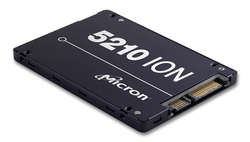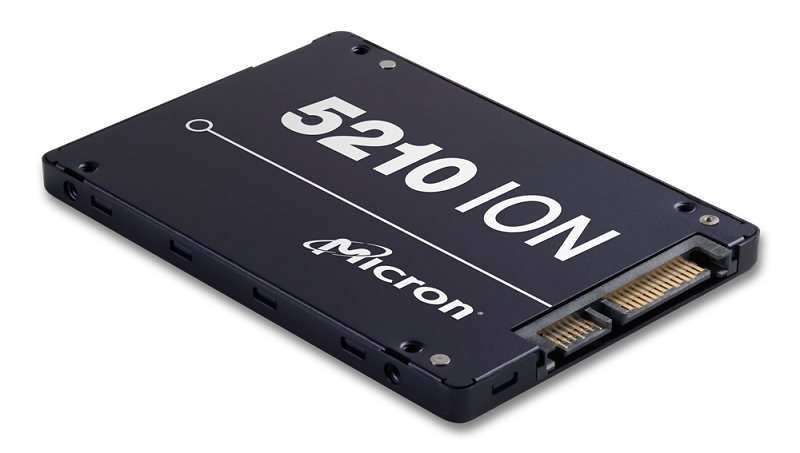
May 23, 2018
By: Michael Feldman
Intel and Micron together announced the industry’s first commercial quad-level cell (QLC) memory products, providing the highest density NAND components on the market.
 QLC technology supports four bits per cell, making them 33 percent denser than tri-level cell (TLC) flash. Combining that bit extra density with a 64-layer 3D NAND design has enabled the development of a die with one terabit of storage – another industry first.
QLC technology supports four bits per cell, making them 33 percent denser than tri-level cell (TLC) flash. Combining that bit extra density with a 64-layer 3D NAND design has enabled the development of a die with one terabit of storage – another industry first.
“Commercialization of 1Tb 4bits/cell is a big milestone in NVM history and is made possible by numerous innovations in technology and design that further extend the capability of our Floating Gate 3D NAND technology,” said RV Giridhar, Intel vice president, Non-Volatile Memory Technology Development. “The move to 4bits/cell enables compelling new operating points for density and cost in Datacenter and Client storage.”
The higher density translates into cheaper flash storage, which promises to expand the market for non-volatile memory in the datacenter at the expense of hard disk drives. That’s especially true for applications that are I/O-bound, which encompasses I/O-demanding applications like real-time analytics, machine learning, business intelligence, and content delivery, to name a few.
While QLC technology is denser and less expensive that flash memory with less bits per cell -- 3-bit TLC, 2-bit MLC, and 1-bit SLC – it does so with reduced reliability, endurance, and performance. The first two can be mitigated to some extent with clever error correction and memory management. As far as performance goes, the companies claim that their 64-layer design, along with a four-plane architecture, enable more reads and writes to take place in parallel, improving I/O speed.
That said, the usage model for these devices assumes they will be used in situations where reads vastly outnumber writes. The latter tend to be a good deal slower under almost all circumstances and also happens to be the operation that shortens the usable lifetime of flash. For the types of workloads just mentioned, data reads do dominate I/O, but potential customers will need to evaluate the behavior of their particular application set to determine if they fall into that read-heavy sweet spot.
Separately, Micro announced its 5210 ION SSD, the first solid state disk based on the new QLC chips. The new SSD comes in a 2.5-inch form factor, which is an inch shorter than the 3.5 inches used for standard disk drives – the idea being to pack more storage into fewer racks. Drive capacities range from 1.92 to 7.68 terabytes.
The product is squarely aimed at cloud environments and more specifically at hyperscale companies that are running the I/O-bound, read-heavy workloads that are the bread and butter of their web services business. For situations where a more writes are anticipated, Micron has provided a feature that allows customers to configure the device’s endurance and performance in order to better handle a more balanced mix of I/O.
Micron says it is currently shipping the 5210 ION drives to “strategic enablement partners and customers” and it appears that Baidu falls into that category. According to Liu Chao, general manager of System Technology at Baidu, the company has been working behind the scenes with Micron on the product as a co-developer. "This deep technical collaboration helps Baidu to build on our leadership position as the premier AI service and cloud service provider in China, providing an exceptional user experience for our customers” said Liu.
General availability for the new QLC SSDs is scheduled to commence in the fall.
Image: 5210 ION SSD. Source: Micron
